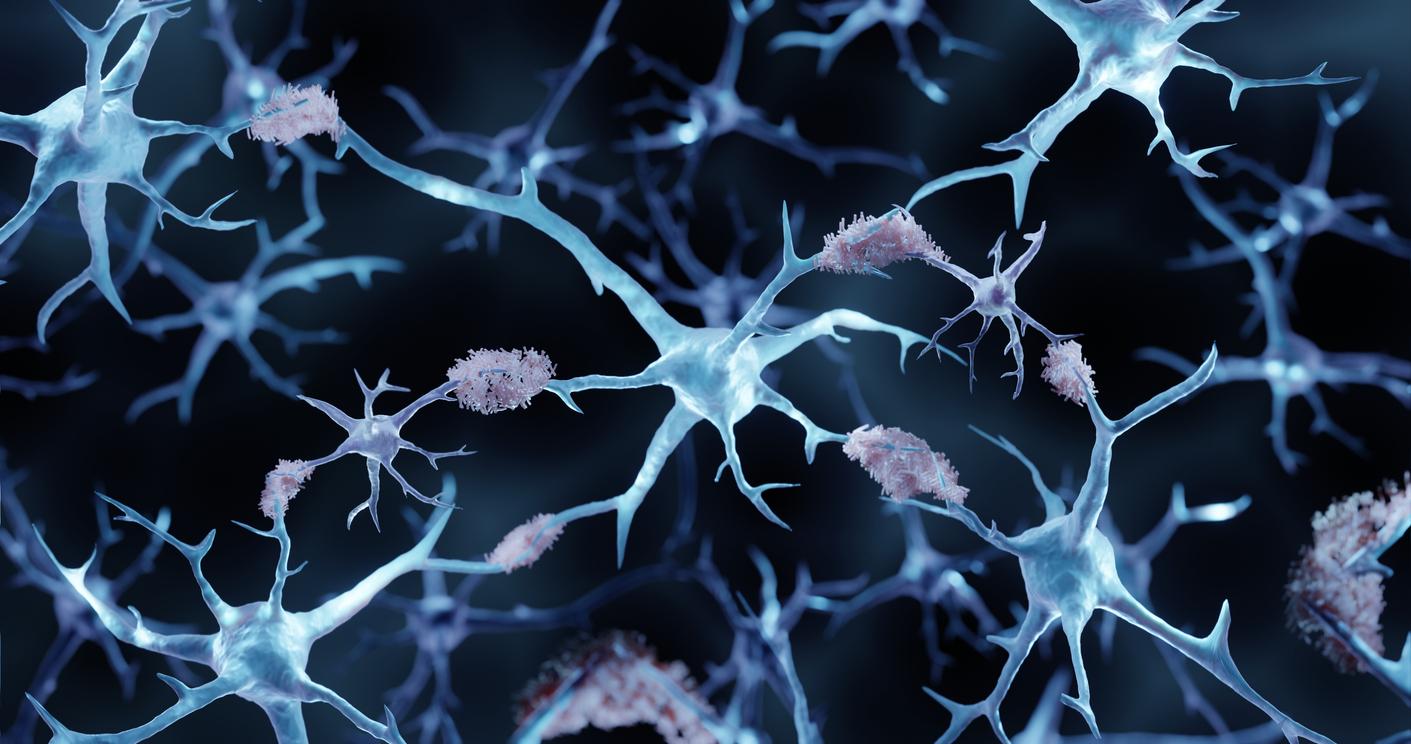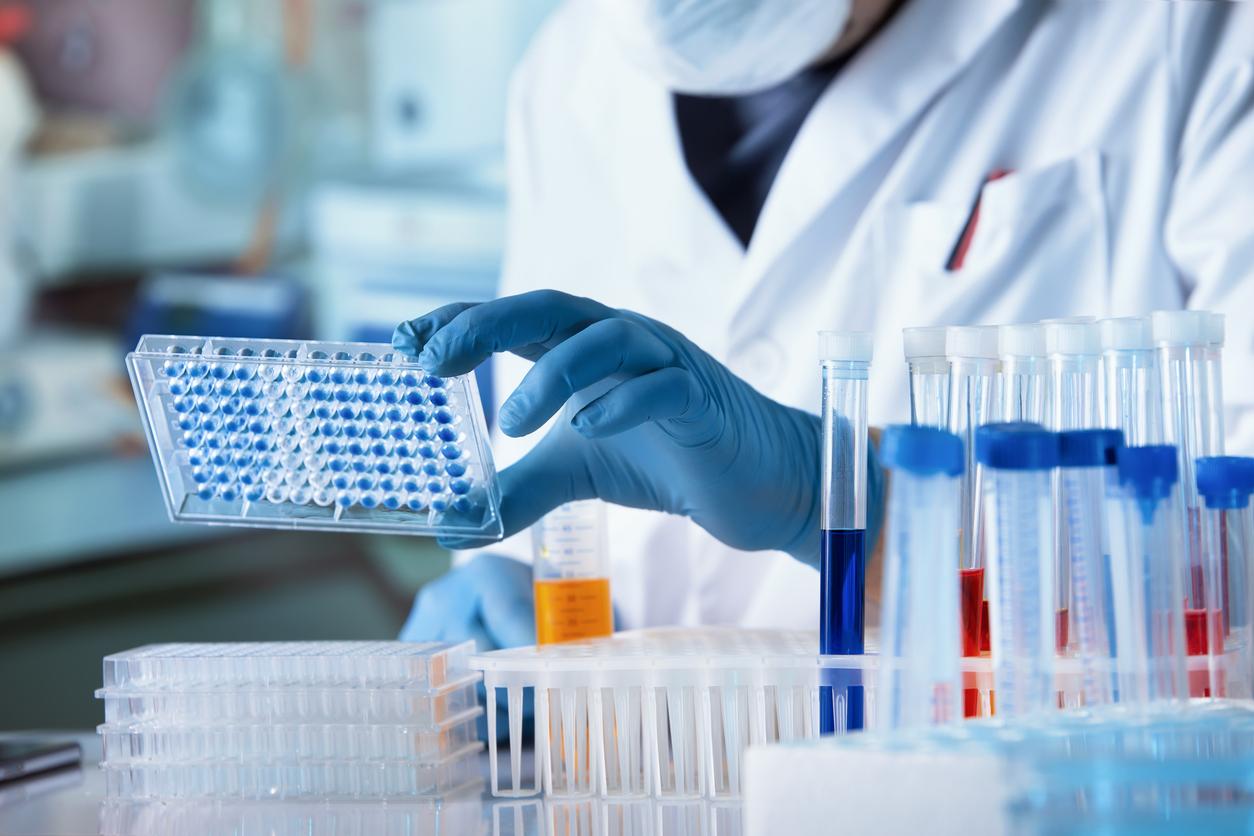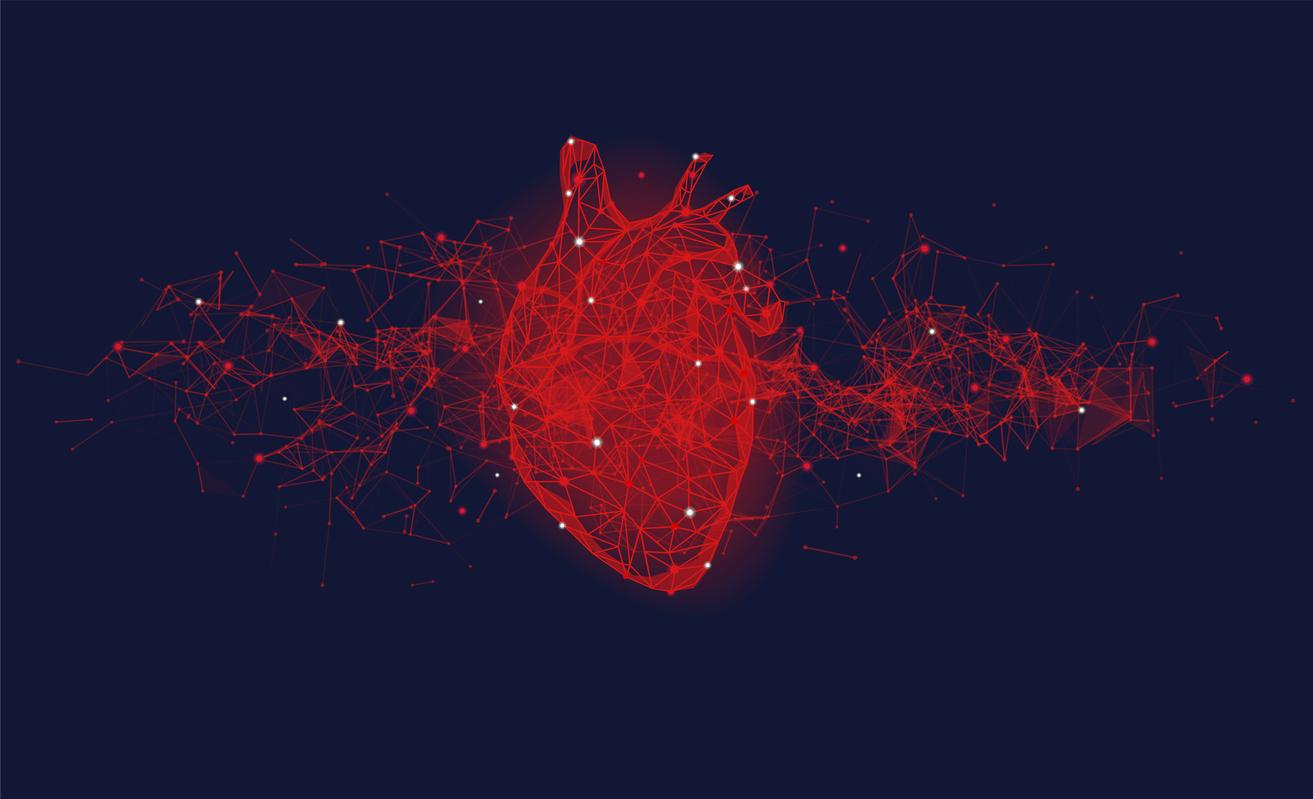American researchers have succeeded in transforming a skin cell into an egg cell in mice.

- Researchers have succeeded in transforming a skin cell into an egg cell capable of producing viable embryos.
- This technique could be used for women with little or no ovarian reserves but also for homosexual couples.
- However, several years of research are still necessary before application in humans.
Researchers at Oregon Health & Science University have made a major breakthrough in the fight against infertility. They managed to transform a skin cell into an egg cell capable of producing viable embryos.
Their new method for artificially creating gametes from another cell was presented in detail in the journal Science AdvancesMarch 8, 2024.
A skin cell becomes a functional egg cell
“The goal is to produce eggs for patients who do not have their own eggs”explains the lead author, Shoukhrat Mitalipov, in a communicated. His team achieved this by transplanting the nucleus of a mouse skin cell into an egg cell lacking its own nucleus. “The nucleus of implanted skin cells sheds half of its chromosomes. The process is similar to meiosis, when cells divide to produce mature sperm or eggs. This is the key step that results in an egg haploid, or an egg cell with only one set of chromosomes”specify the scientists.
During a third step, the new egg was fertilized in vitro by a sperm. This creates a diploid embryo with two sets of chromosomes. If the latter is implanted in a uterus and develops to term, this would result in “offspring with equal genetic contributions from both parents”.
“This publication basically shows how we achieved haploidysays Shoukhrat Mitalipov. In the next phase of this research, we will determine how to improve this pairing so that each pair of chromosomes separates correctly.”

A discovery for treating infertile couples
According to the researchers, this technique could be used for women who are infertile due to their age, illnesses or even cancer treatment. They add that this could open up the possibility for gay male couples to have children genetically linked to both parents.
The team began investigating the possibility of using this technique with human skin cells. However, co-author Paula Amato specifies that it will take years before the method is ready and offered to patients.
“This gives us a lot of information,” says the expert. “But there is still a lot of work to be done to understand how these chromosomes pair and how they divide faithfully to really reproduce what happens in nature.”















